The one thing you should never do with your cleaning products – no matter what
Do you mix your cleaning products? You really shouldn’t according to this expert advice
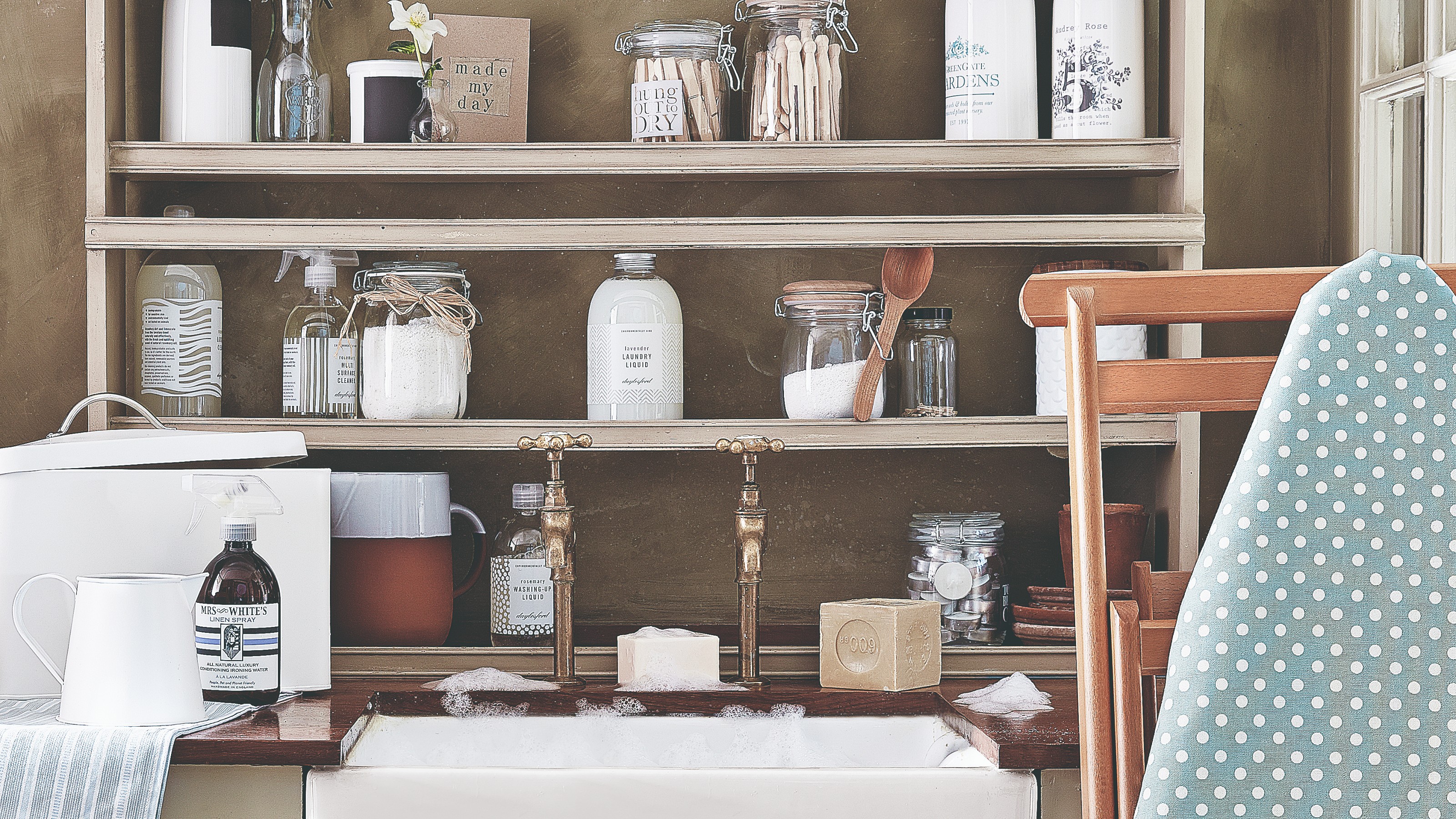
Jullia Joson
In recent years, TikTok cleaning hacks are becoming increasingly more popular, viral even, as we’re all searching for effective cleaning advice on the web. One trend that has come out of this is mixing various cleaning products to further “enhance” their abilities. But as it turns out, it is a rather unfortunate and very dangerous one according to the latest expert advice.
Apparently, you should absolutely never mix cleaning solutions unless specifically advised by the manufacturer. After all, even the best cleaning products are chemicals. And chemicals create chemical reactions. So when you layer one product with another, you never know what the resulting reaction might be.

Expert warns against mixing cleaning products
‘Chemicals are designed for a task such as disinfecting, descaling or dirt removal. They are not designed to be used together,’ says Neil Spencer-Cook, group managing director of The British Institute of Cleaning Science.
Are you a fan of cleaning hacks taking over TikTok? Neil believes that the social media platform should remove or counter potentially dangerous advice.
‘Social media should remove and counter incorrect and dangerous advice by providing expert testimony and direction. Chemical suppliers must ensure their customers understand the risks involved,’ he says.
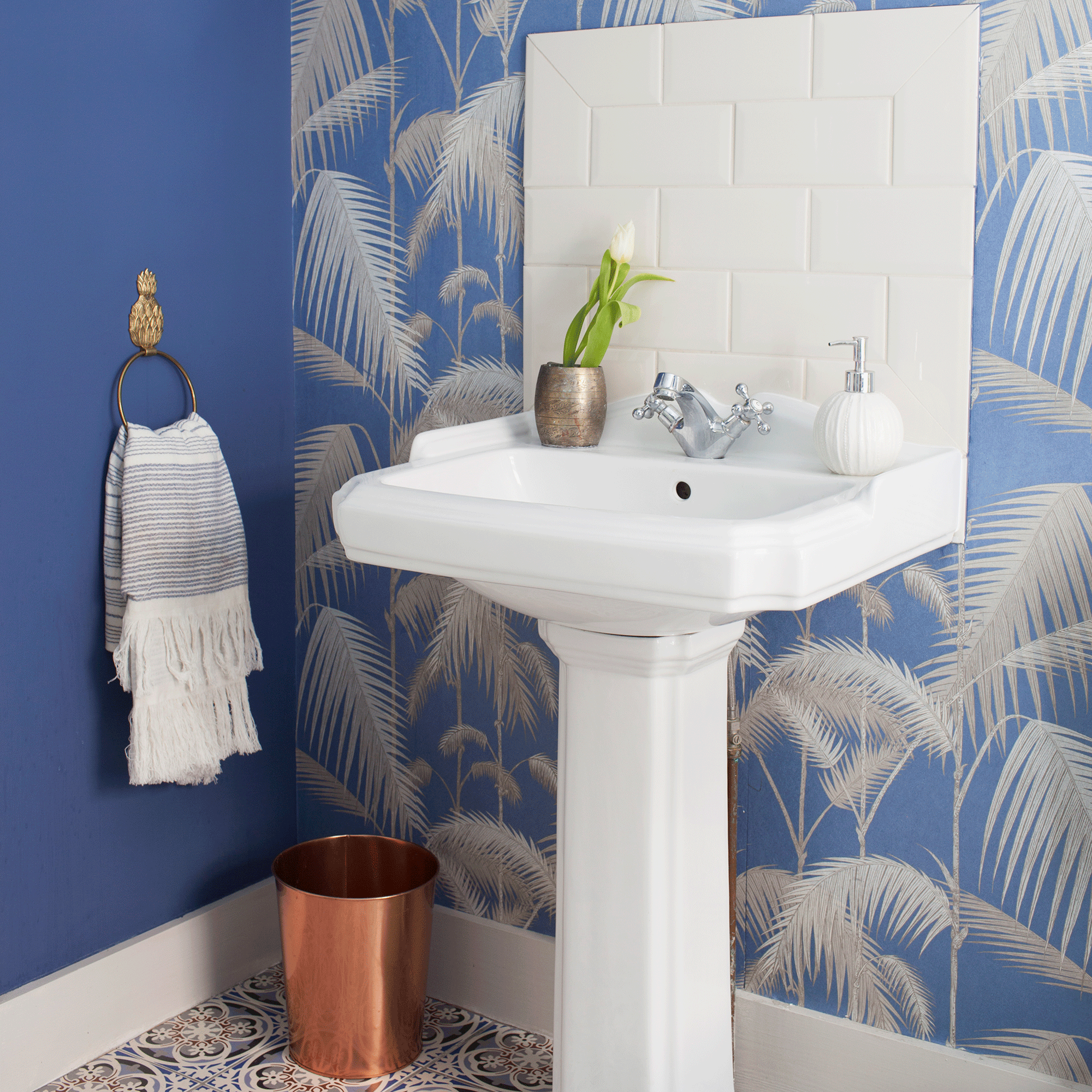
‘Chemical interaction is the greatest danger,' Neil explains. 'Dangerous vapours can be released which may cause a person to faint and fall. A violent interaction could occur which can lead to a significant explosive force with fatal consequences.’
And while you should never mix any cleaning products unless so advised by the manufacturer, these are some well-known examples of products that should never be used together and the havoc they could wreak on your home.
Get the Ideal Home Newsletter
Sign up to our newsletter for style and decor inspiration, house makeovers, project advice and more.
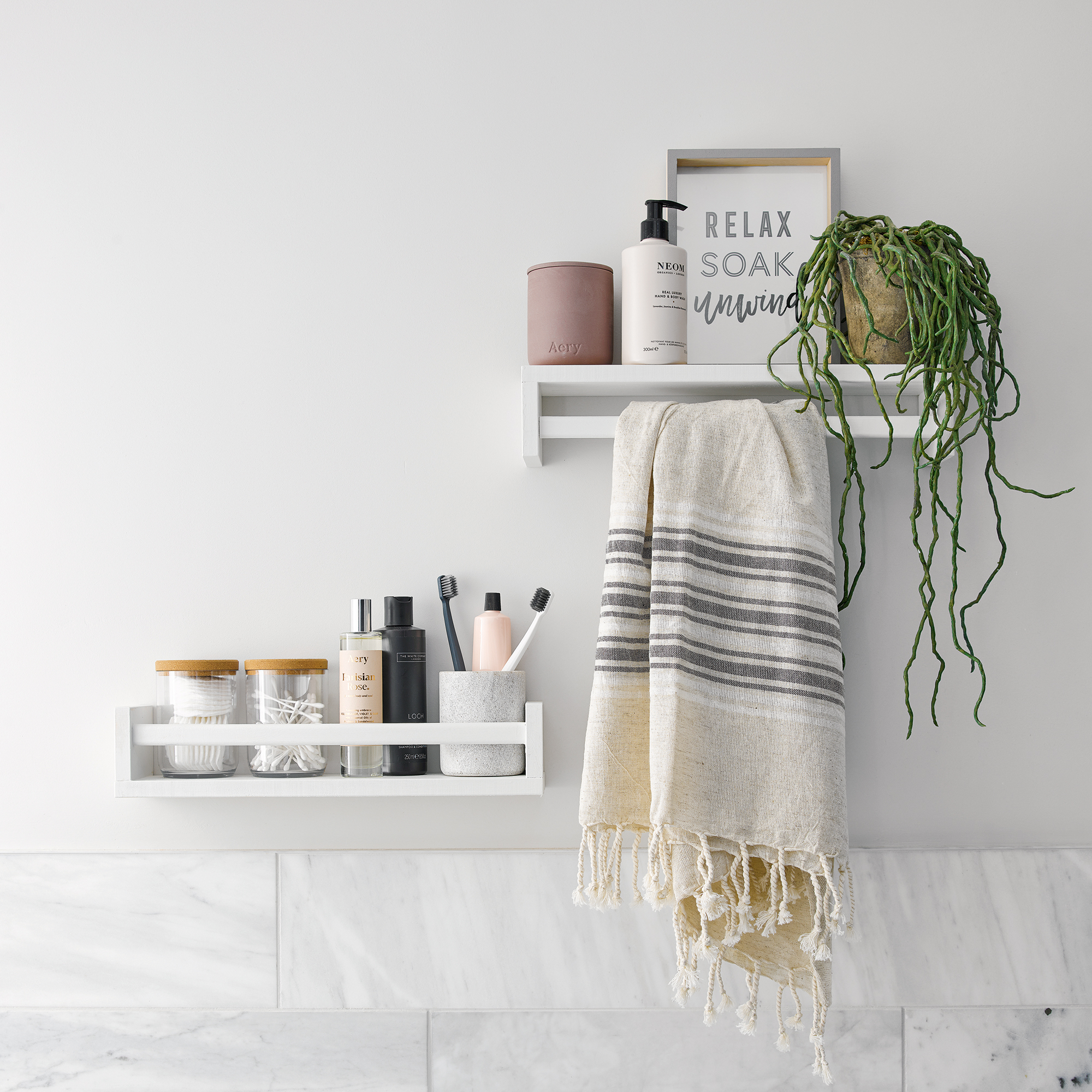
1. Bleach and ammonia
When mixed together, these cleaning agents produce a toxic gas called 'chloramine', which can cause serious respiratory complications and even be fatal. Both bleach and ammonia are commonly found ingredients in commercial household cleaning products. Lily Cameron at Fantastic Services advises homeowners to be careful when using them and make it a habit to always read the label on the packaging.
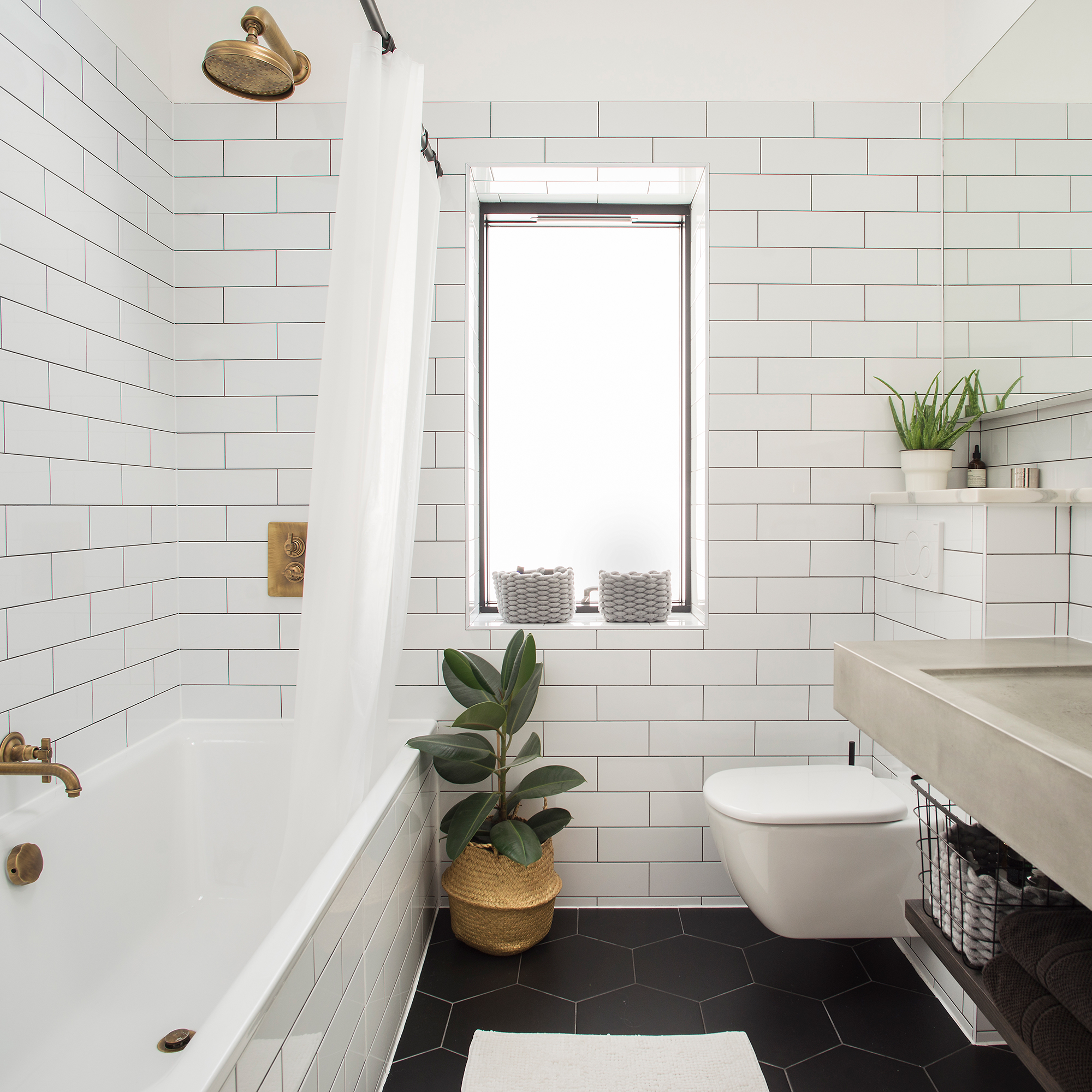
2. Bleach and vinegar
Bleach and vinegar can produce chlorine glass when mixed together, which can be extremely dangerous if inhaled, causing respiratory complications. Not to mention, this mixture also creates a highly corrosive acid that can damage surfaces in your home and irritate the skin and eyes if you're not using protection.
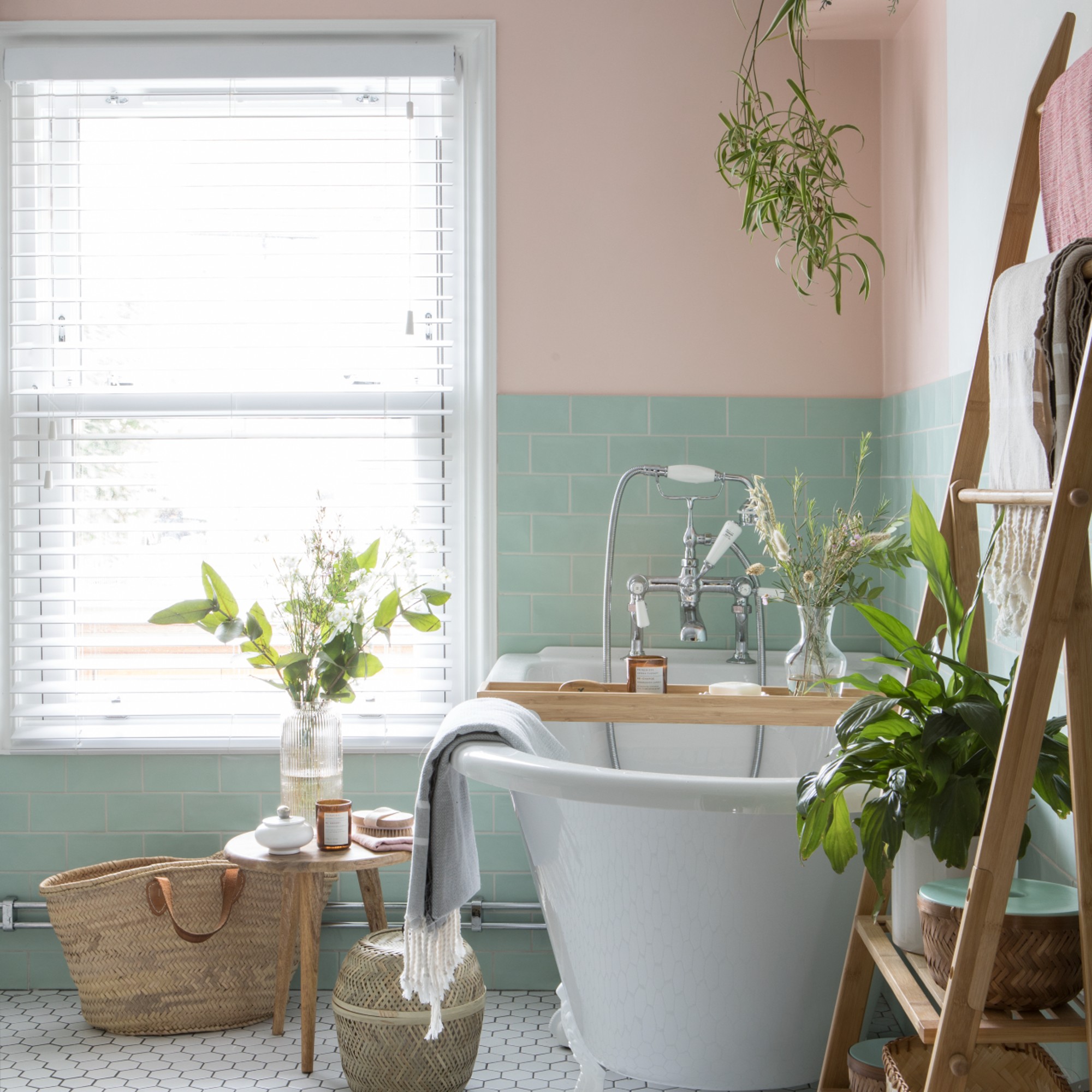
3. Hydrogen peroxide and vinegar
When mixed together, these two products create peracetic acid, which is highly corrosive, causing skin and eye irritation, respiratory complications, and could even damage the nervous system.
4. Bleach and hydrogen peroxide
Mixing these two together can produce a chemical reaction that creates oxygen, gas, and heat, which could lead to an explosion.
5. Different types of drain cleaners
When it comes to fixing a clogged shower drain, sometimes less is more. Not to mention the many ways you can unblock a sink.
'Different drain cleaners use different chemicals to clear clogs, and mixing them can result in a dangerous chemical reaction. For example, mixing an acid-based drain cleaner with a bleach-based cleaner can produce chlorine gas, which can be extremely harmful if inhaled,' warns Lily Cameron at Fantastic Services.
'Besides that, avoid mixing drain cleaners with bleach as well because it can result in a very dangerous chemical reaction in the small pipes. Drain cleaners typically contain lye and the chemical reaction it can produce when it’s combined with bleach can result in all the gunk returning back to your shower, sink or bathtub drain because it has nowhere else to escape.'

6. Different types of glass cleaners
When you're looking to clean windows, clean mirrors, or even clean a shower screen, the same goes with the previous point that less is more. If you're after a natural remedy for glass, we've tried cleaning with tea bags and found it extremely effective.
There's no need to crazy with mixing different cleaners together, especially ammonia-based cleaners with acid-based cleaners. Mixing these can actually produce a toxic gas that can be very harmful if inhaled.
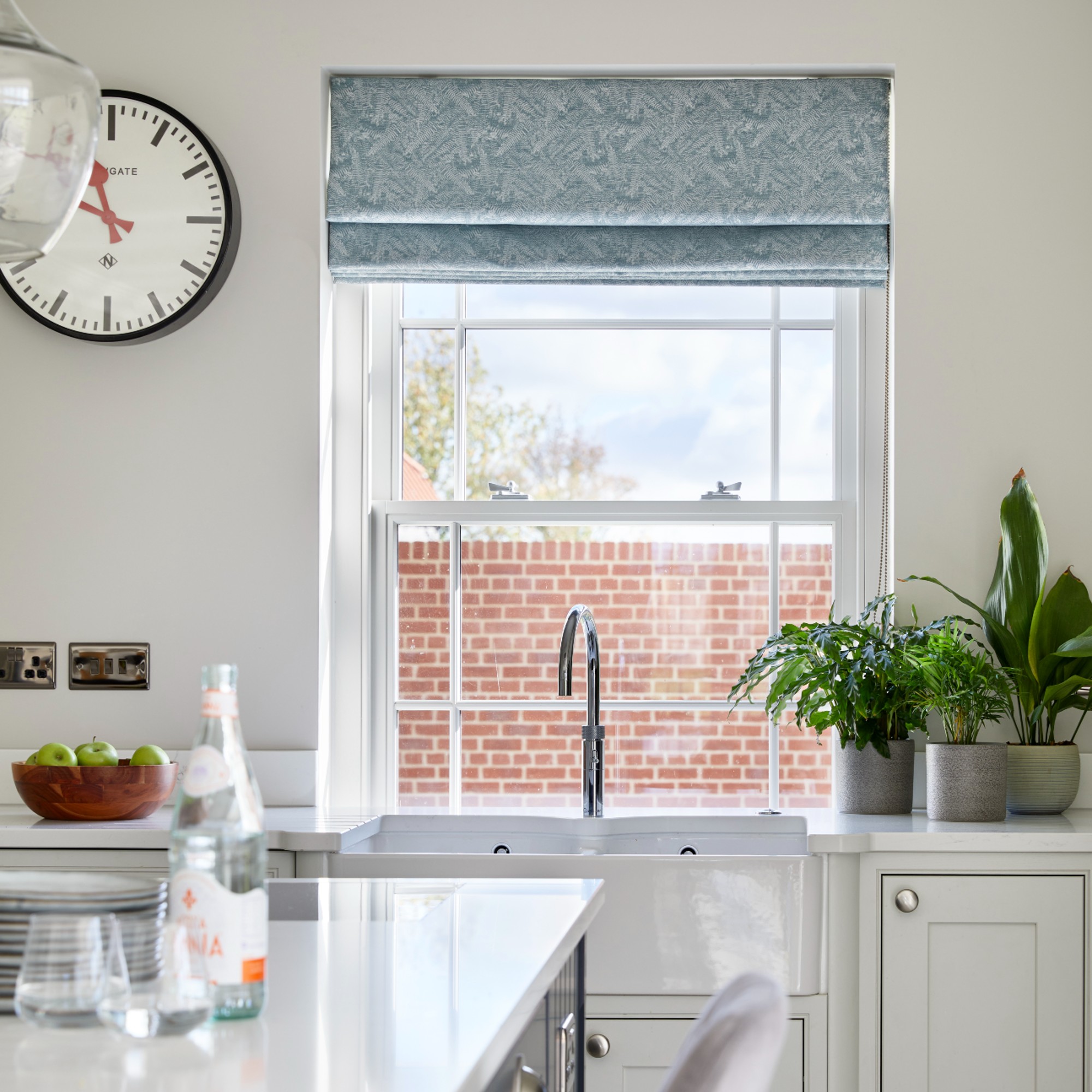
7. Rubbing alcohol and bleach
Mixing rubbing alcohol and bleach can produce chloroform, which is toxic when inhaled. It can cause dizziness, nausea, and even unconsciousness.
8. Toilet cleaner and bleach
Keep this one in mind when cleaning your bathroom, as it's a definite bathroom cleaning mistake to avoid.
'Mixing toilet cleaner and bleach together can produce chlorine gas, which can cause respiratory issues and nose and throat irritation for healthy people,' warns Lily Cameron at Fantastic Services.
'Even if your toilet bowl is very dirty and there’s a lot of residue buildup, avoid finishing the job by pouring bleach in it after the toilet cleaner. This may not apply to every type of toilet cleaner on the market, but it’s generally best to not mix these products for your and your family’s safety.'
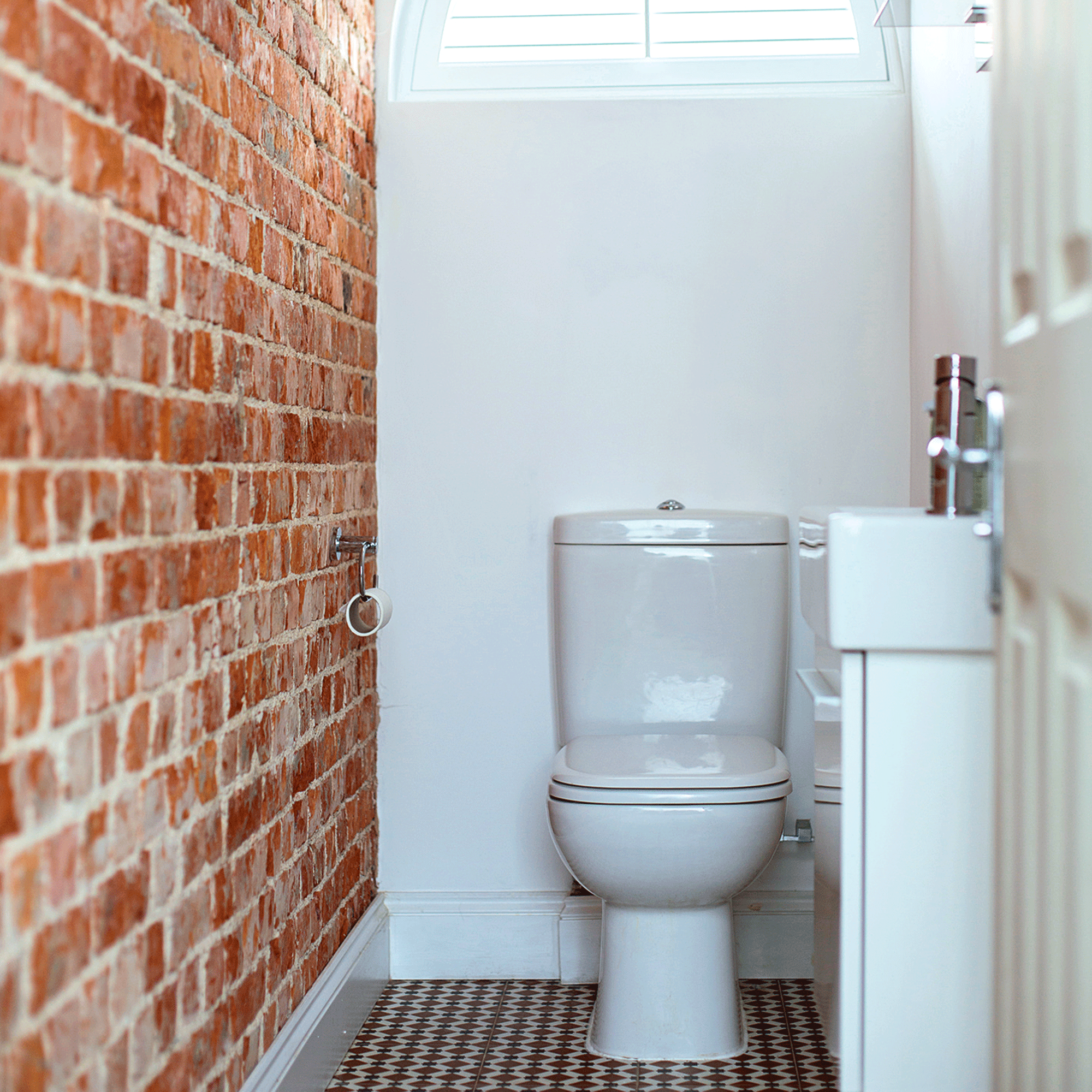
We know it's extremely tempting to follow every new viral cleaning hack making the rounds on social media, but a hack is never worth the health and safety of you and the people in your household.
When taking on any cleaning task, be sure to read the labels on cleaning products and follow instructions carefully – don't just take a video's word for it.
- Jullia JosonJunior Writer
-
 Wood drenching is the calming new twist on the colour drenching trend – here’s how to make the look work in your home
Wood drenching is the calming new twist on the colour drenching trend – here’s how to make the look work in your homeIt’s easier than ever to embrace natural materials
By Maddie Balcombe
-
 Aldi is launching a £200 day bed with four different features - its sleek design is suited to the whole family
Aldi is launching a £200 day bed with four different features - its sleek design is suited to the whole familyYou don't want to miss out on this Specialbuy
By Kezia Reynolds
-
 How to set up a drip watering system that saves water and a lot of effort
How to set up a drip watering system that saves water and a lot of effortKeep your plants hydrated (and your water bill down) with this clever garden watering solution
By Natalie Osborn